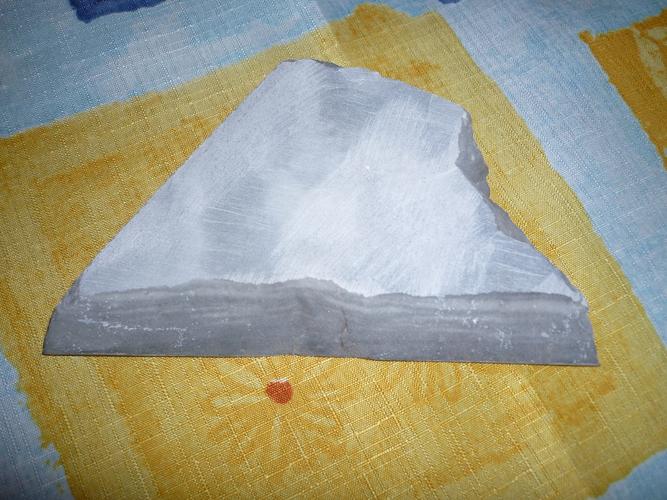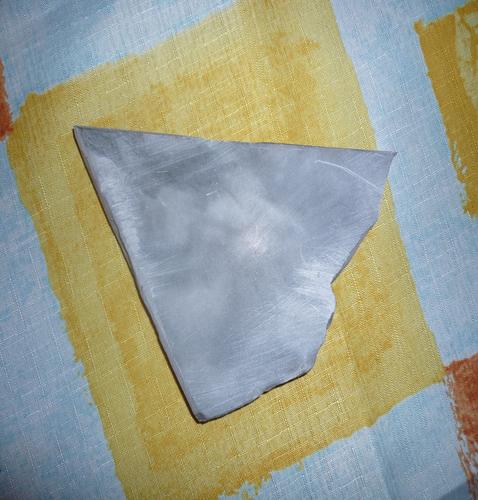Results 1 to 10 of 28
Thread: Stone ID, please.
Threaded View
-
05-17-2012, 03:56 PM #8



Here in Greece we have a quarry with marble hones (photos). They are actual marble (tested), not chalk, and I don't know how but it contains abrasive particles, SiO2 I would say. It's the most abrasion resistant stone I have ever seen. It doesn't make slurry even with 200 grit diamond plates. I started lapping it for removing a few millimeters of stone, and after 4 hours of lapping fist with diamond plate and then with sandpaper 36 grit, it didn't abrade. Then I took a rotating disk, I'm not sure how the machine is called, and things got easier.
Then we have the Cretan oilstones-Candia hones-Turkish oilstones. I tried to cut one with a diamond rotating disc, the ones for slate. For a stone 15x5x5 cm, I needed to cut it in two, I destroyed two diamond discs and it finally broke it two. But it's not really abrasion resistant for sandpaper, it can be shaped quite easily.
When we say a stone is hard it might mean many aspects of a stone. Mohs hardness of 3 or 10, it doesn't necessarily means something. And, marble is usually abrasion resistant, even if it's not as hard glass.
The stone on the photos is definitely softer than the dark Llyn Idwal I have, which is as hard as glass, but the Llyn Idwal makes slurry much easier. Its grit is still under investigation, but definitely not a finisher. It can be polished to a very fine degree but then it becomes very slow and it is hydrophobic. After lapping it with a 600 grit diamond plate it works like a 4k stone.Last edited by Vasilis; 05-17-2012 at 04:16 PM.


 15Likes
15Likes LinkBack URL
LinkBack URL About LinkBacks
About LinkBacks






 Reply With Quote
Reply With Quote